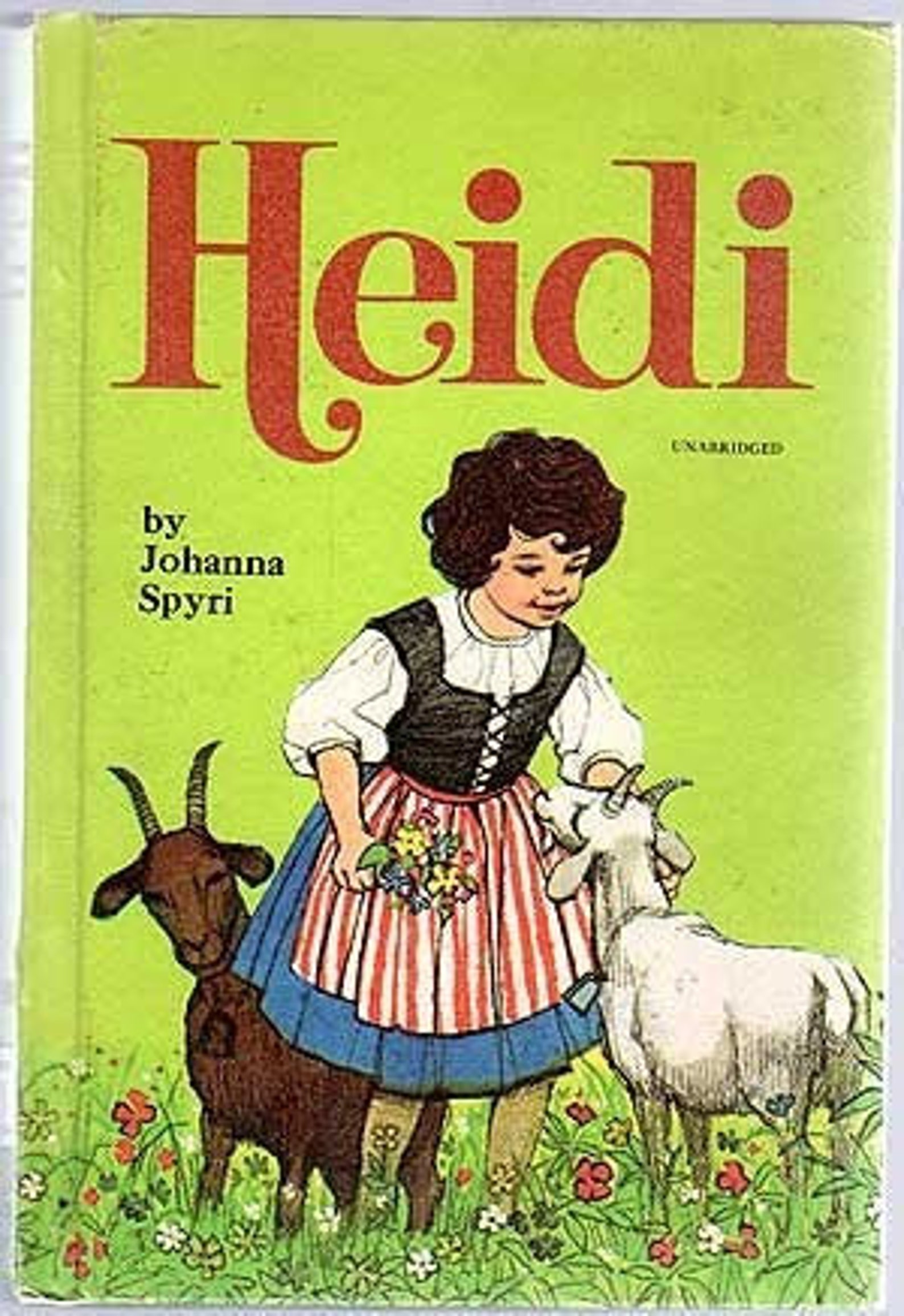

As a child I never had to think twice about whether I’d rather be running around in the mountains or living in a fancy house, or whether I’d rather live on cheese, bread and goat’s milk or be waited on by servants. For me, the images of toasting cheese over a fire, and the sunset lighting up the mountainside, gets me every time.

A lot of this has to do with Spyri’s beautiful, sensory way of writing.

Second, it’s a book about the things that make us feel good, whether it’s a soft blanket, pillows, flowers, good food, or cute animals. Who among us wouldn’t want to be loved like that? Even her friend Peter’s semi-creepy devotion to her is moving in its own way. She touches the lives of the people around her so completely they can’t bear it when she isn’t there. Simply put, Heidi is a comfort read.įirst of all, this is a book about a girl who is so loved that darkness falls whenever she leaves the room. Written in 1880, Heidi is not only blindingly optimistic but it’s also religious, and I don’t typically enjoy books that focus on religion. But what I loved about Heidi as a child, I loved all over again as an adult. I preferred flawed or “prickly” characters (think Mary Poppins, Ramona, and Harriet the Spy) and I loved stories that scared me and those that had fantastic elements. I tended to love books that were grittier and darker. You might not expect Heidi to be one of my childhood favorites, but it is.


 0 kommentar(er)
0 kommentar(er)
